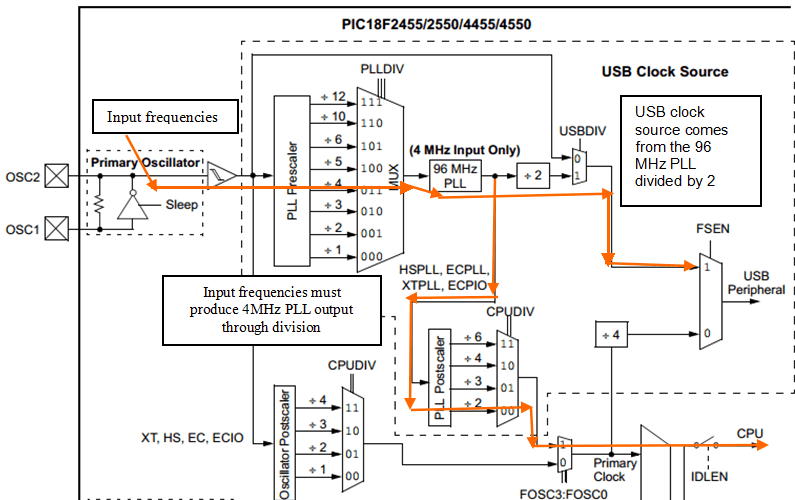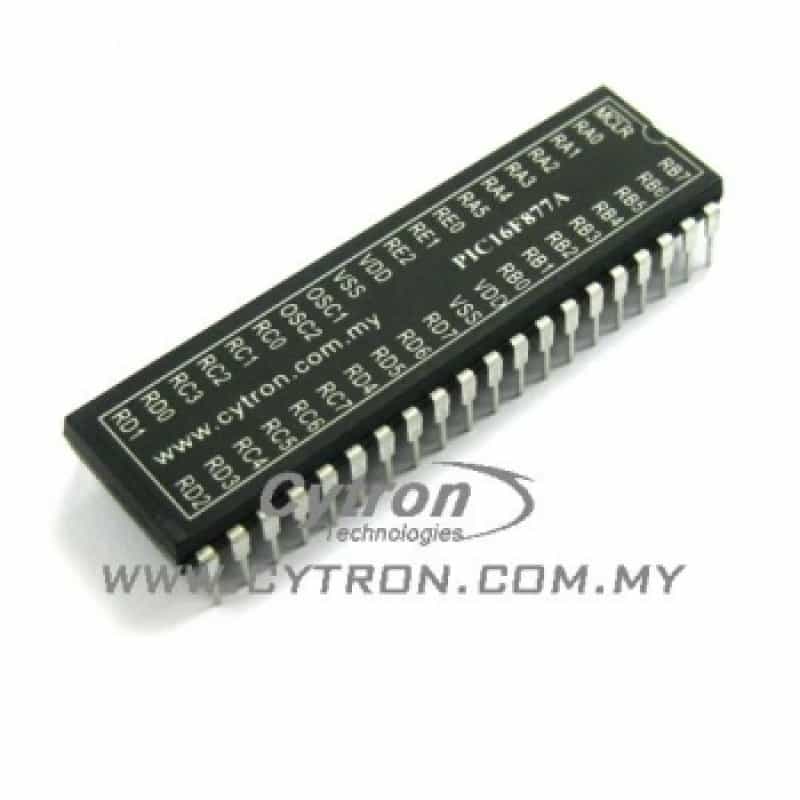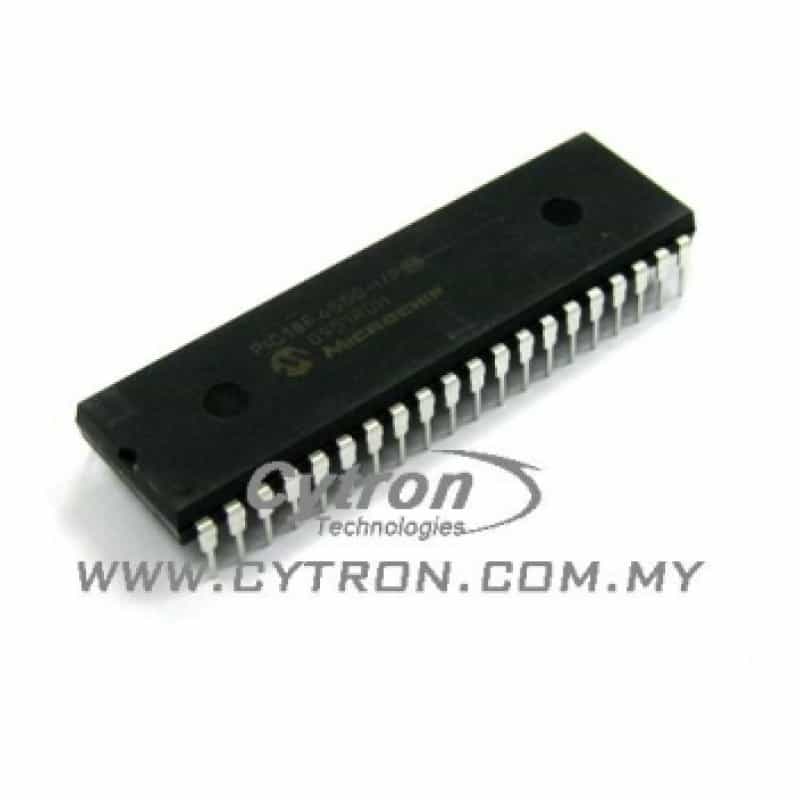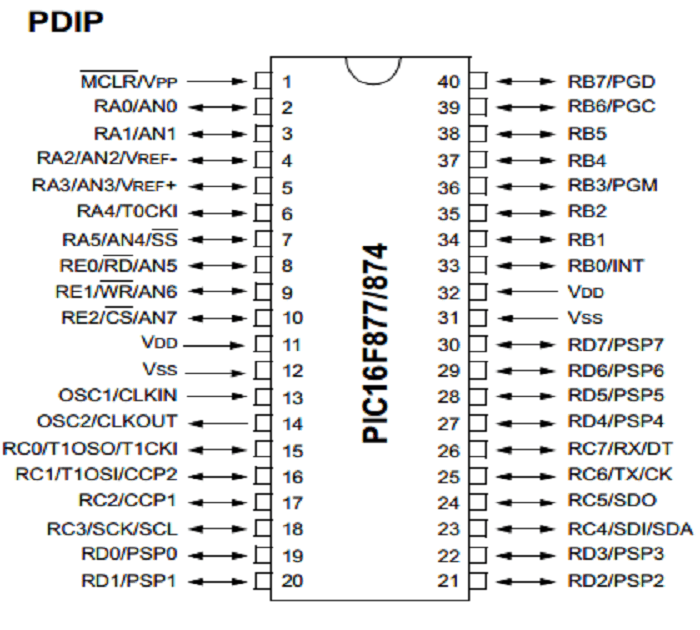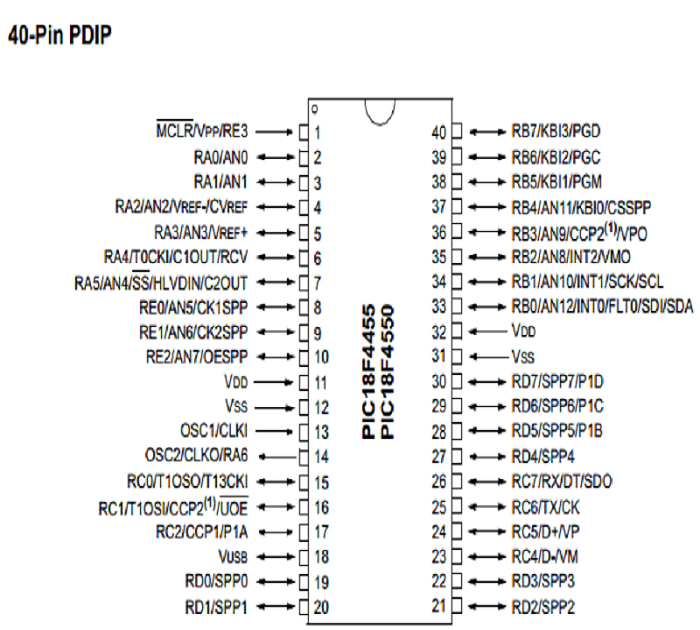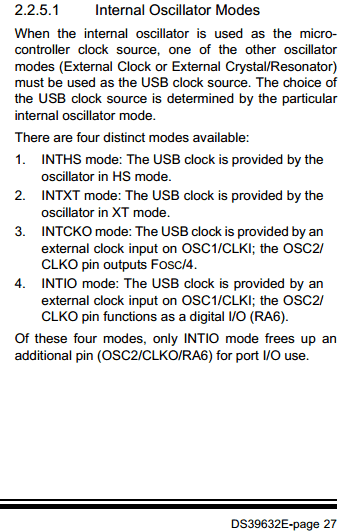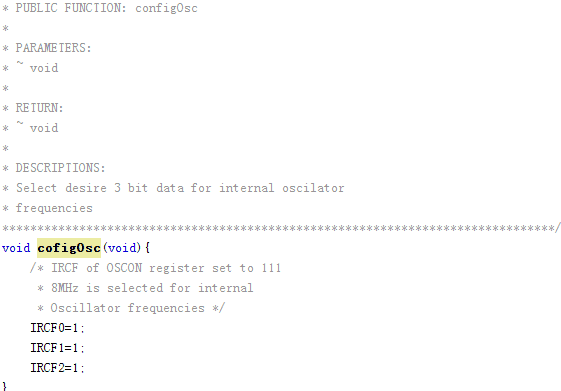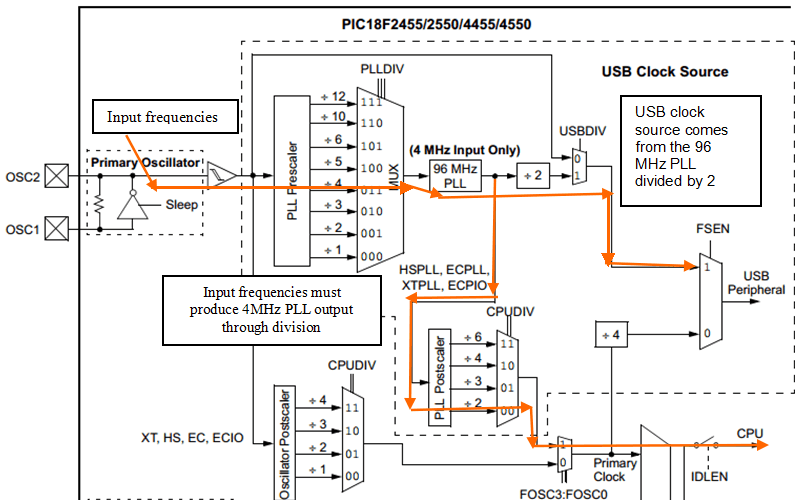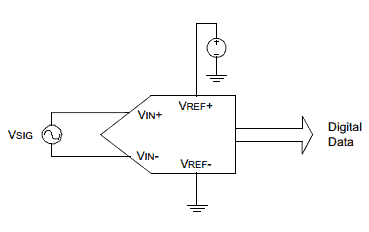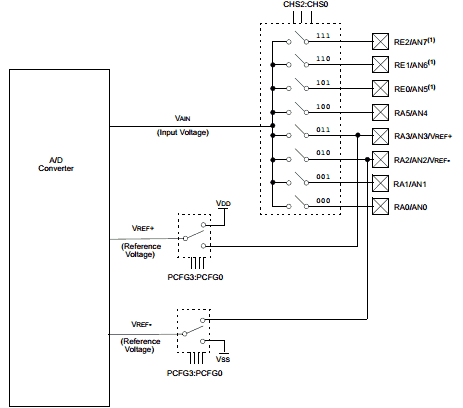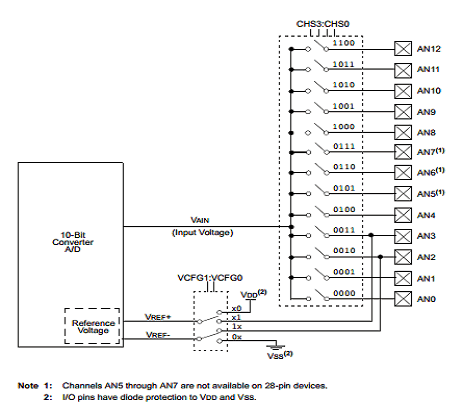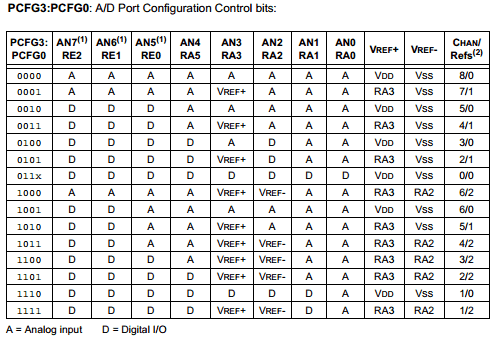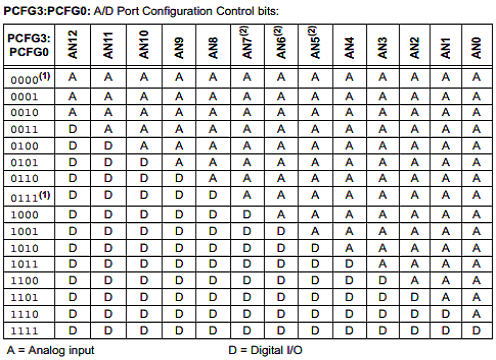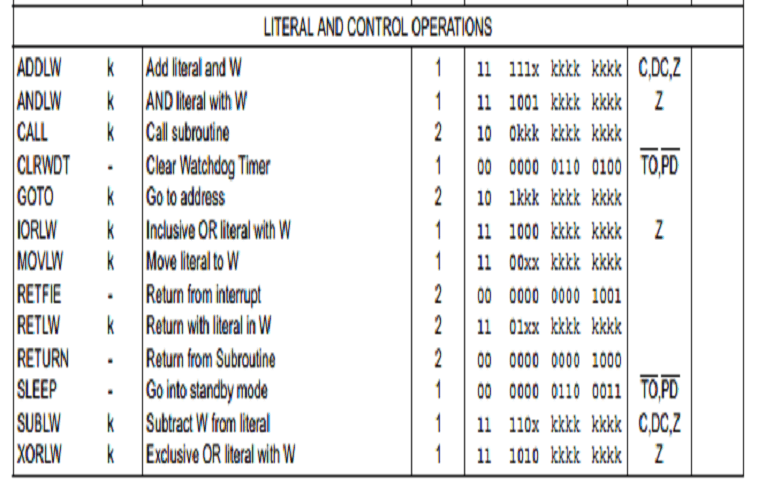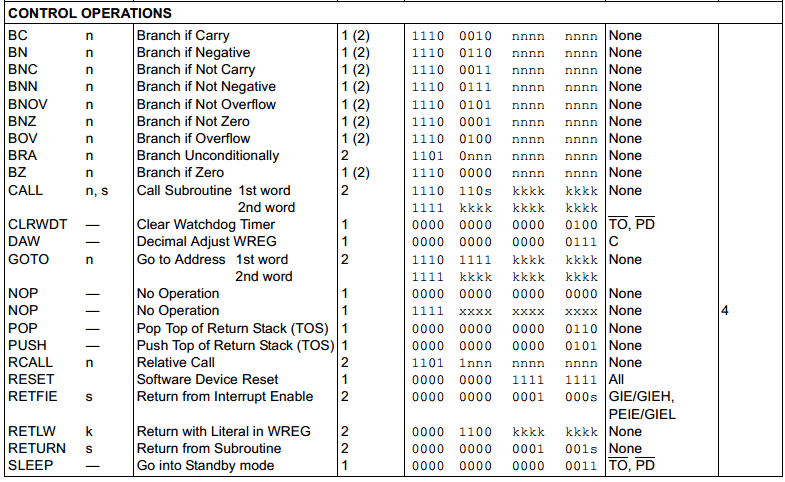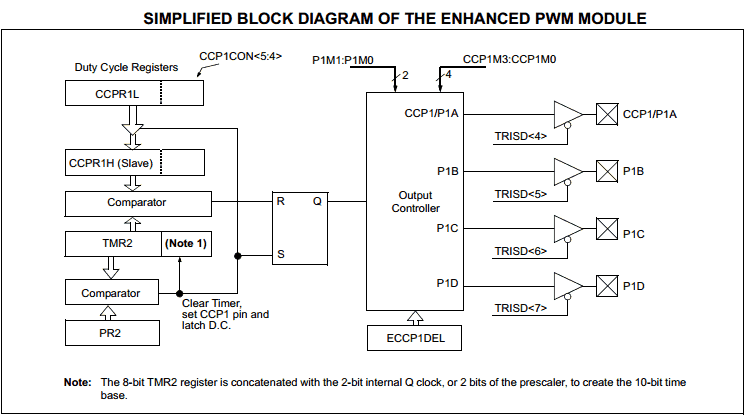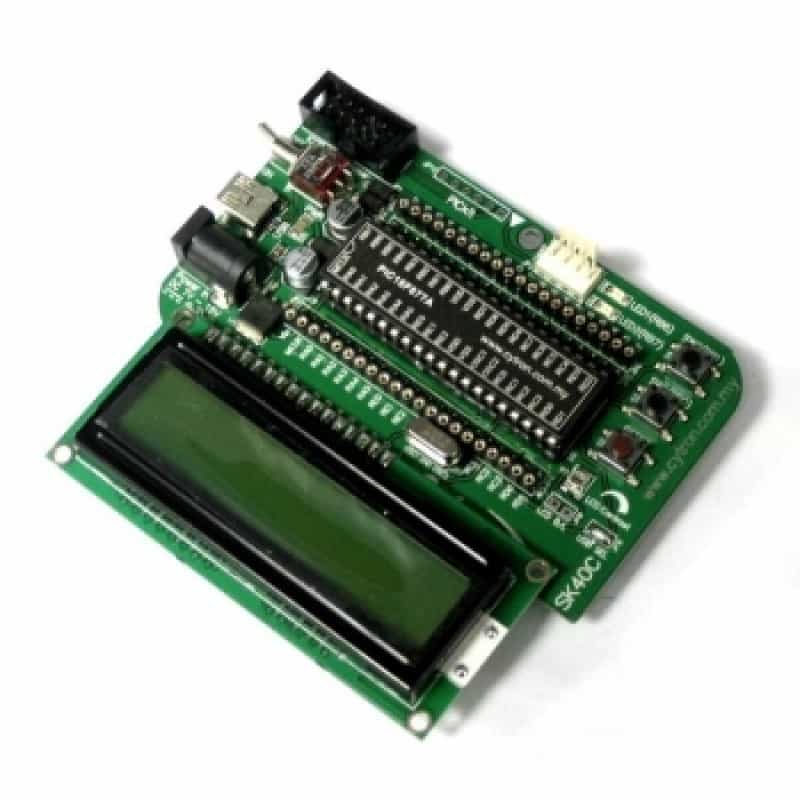Your shopping cart is empty!
PIC Microcontroller is one of the popular device among student and hobbyist. Microchip Technology is a giant for embedded system. Every year, they produce different product for different application range from beginner training kit to advanced application such as medical instrumentation and robotic. A lot of people wonder which device should start with when exploring PIC MCU? So in this tutorial, i will guide you the software and hardware features of 2 PIC families :Mid-range 8 bit MCU(PIC 16 series) and Advanced 8 bits MCU(PIC18 series)
 International
International Singapore
Singapore Malaysia
Malaysia Thailand
Thailand Vietnam
Vietnam
